15 Boomer-Era Gadgets That Were “High-Tech” for About Five Minutes
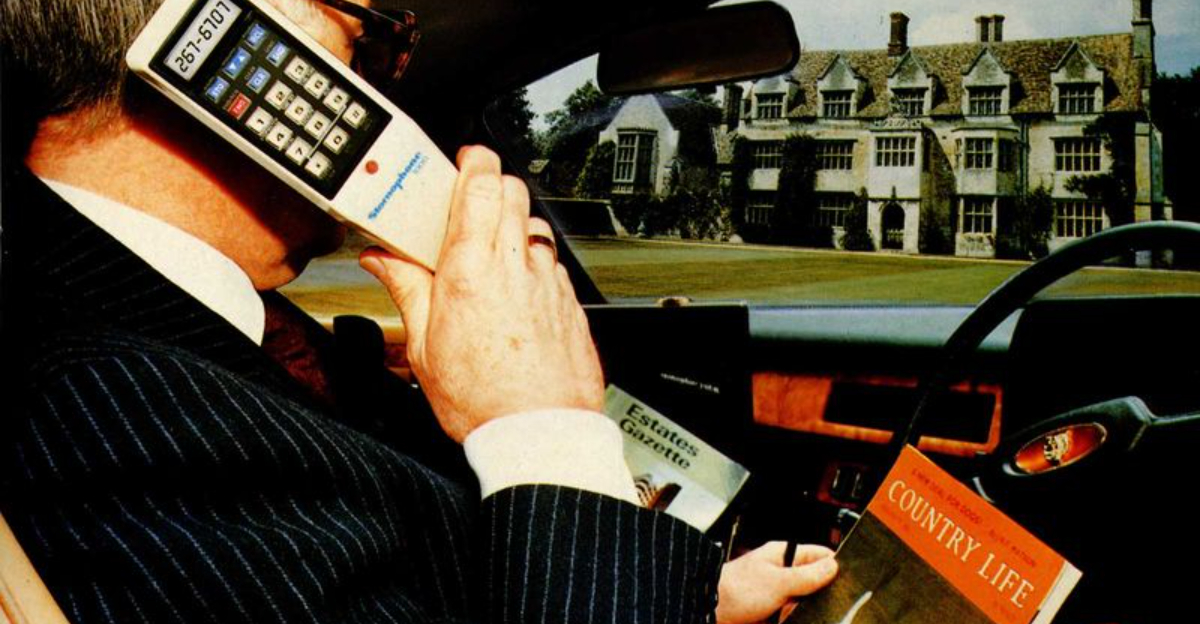
Remember when having the newest gadget made you the coolest kid on the block? Baby Boomers witnessed an explosion of supposedly revolutionary devices that promised to change our lives forever.
These technological marvels quickly became yesterday’s news as newer, better versions emerged at breakneck speed. Let’s take a nostalgic trip back to those rapidly outdated treasures that once seemed like magic.
1. 8-Track Tape Players
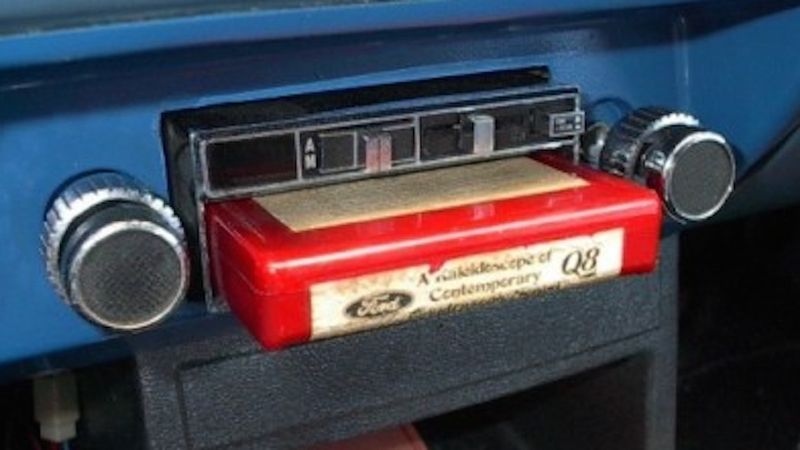
Cruising down the highway with your favorite tunes blaring from an 8-track player was the epitome of cool in the early 1970s. The bulky cartridges delivered music in a revolutionary new format.
But these clunky music boxes had fatal flaws. They couldn’t rewind, frequently jammed, and delivered mediocre sound quality.
The compact cassette quickly rendered them technological dinosaurs by the late 1970s.
2. Betamax Video Recorders
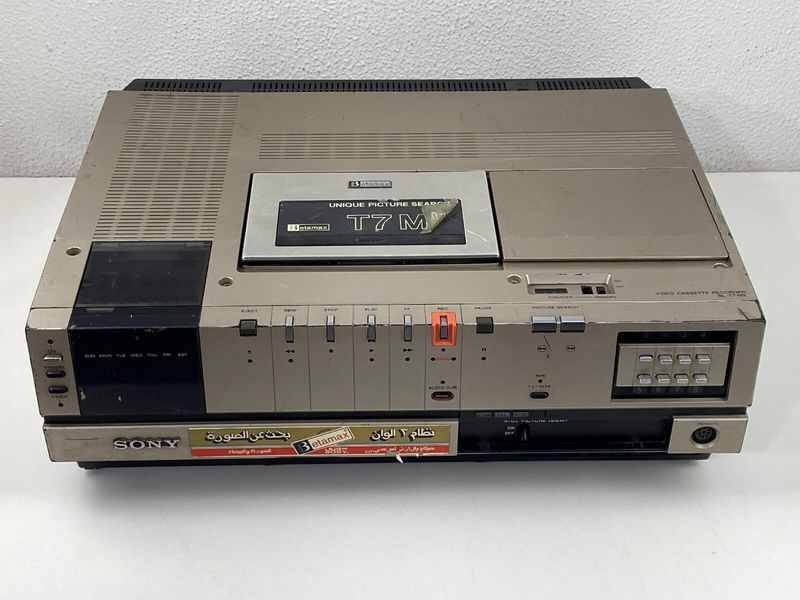
Sony’s Betamax format launched in 1975 with superior picture quality that had videophiles swooning. The technology seemed destined to revolutionize home entertainment forever.
Despite technical advantages, Betamax lost the format war to VHS, which offered longer recording times and cheaper licensing.
Market forces trumped quality, and Beta became the textbook example of superior technology losing to better marketing.
3. Pocket Pagers (Beepers)
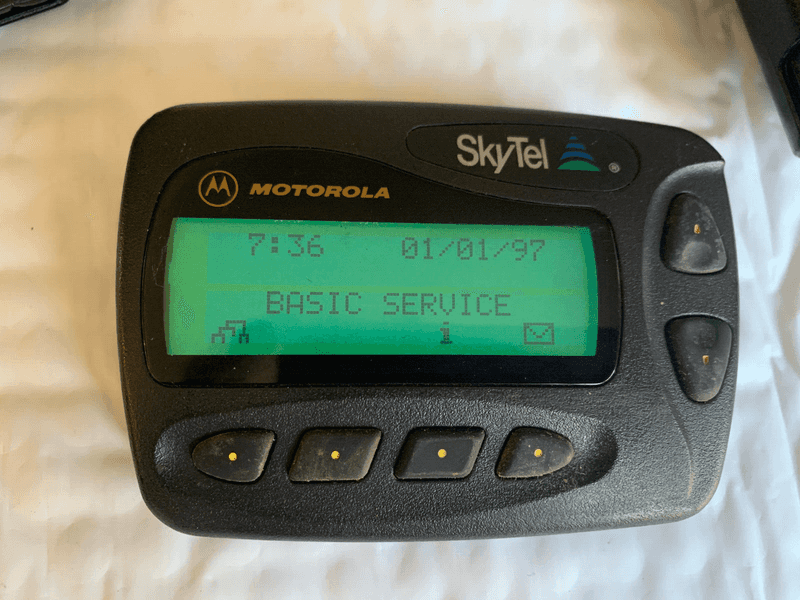
Nothing screamed “important person” like the chirp of a beeper in the 1980s. Doctors, executives, and eventually teenagers proudly clipped these status symbols to their belts.
I still remember the thrill when my dad got his first pager for his plumbing business. We felt like we’d entered the space age!
Sadly, these one-way communication devices became instantly obsolete when affordable cell phones hit the market.
4. LaserDisc Players
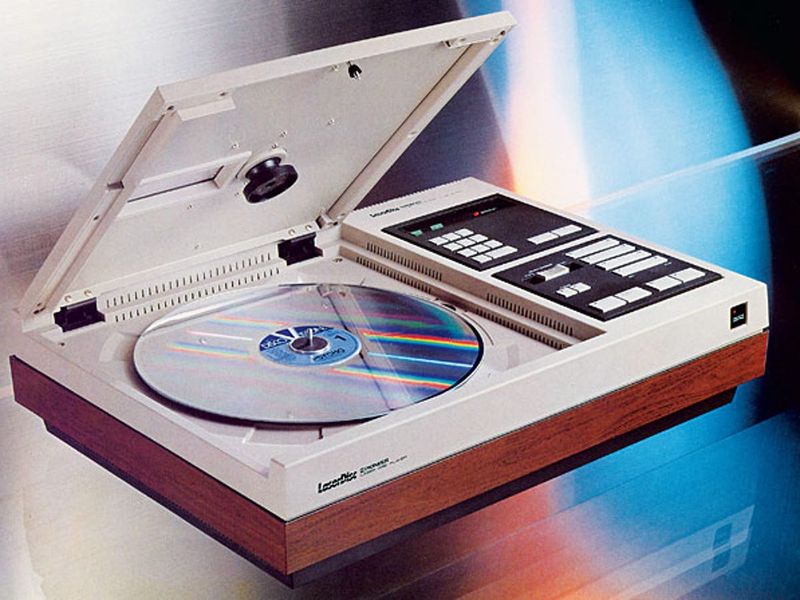
Movie buffs rejoiced when LaserDiscs arrived offering unprecedented picture quality. These massive shiny platters, resembling oversized CDs, delivered cinema-quality viewing at home.
Unfortunately, the format was doomed from the start. The players were expensive, discs couldn’t record, and those dinner-plate-sized discs required flipping halfway through movies.
DVD technology quickly sent LaserDiscs to the technological graveyard.
5. Car Phones
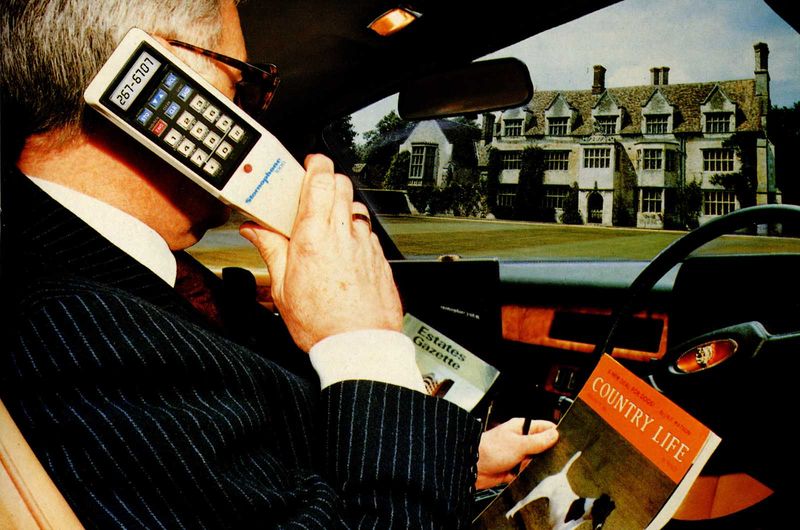
Nothing announced “I’ve made it” quite like a car phone in the 1980s. These clunky contraptions with curly cords and massive handsets transformed vehicles into mobile offices.
My uncle installed one in his Cadillac and suddenly became the family’s most important member. The astronomical per-minute charges made conversations brief, and the bulky hardware became laughably outdated when compact cellular phones arrived.
6. Digital Pets (Tamagotchi)
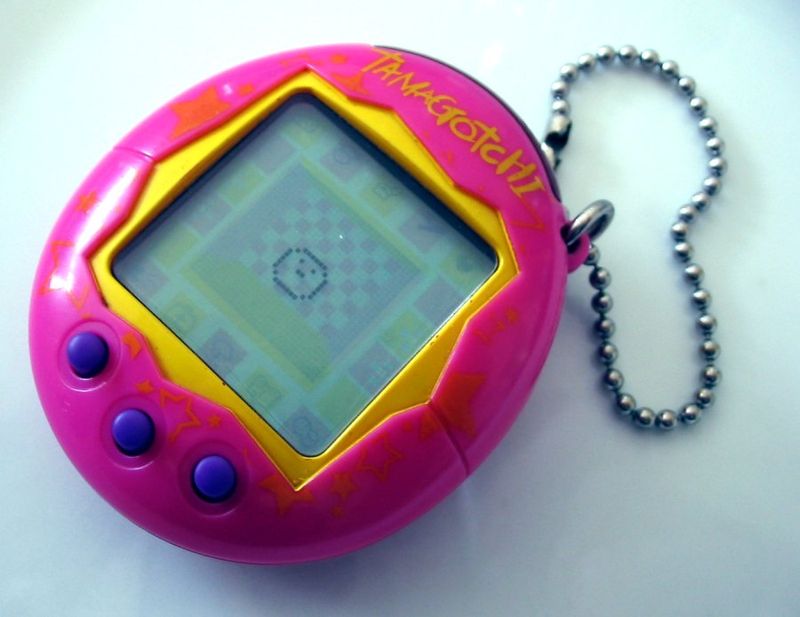
The Tamagotchi craze hit like a tornado in 1996. These egg-shaped keychains housed virtual pets demanding constant attention from their devoted owners.
Kids and adults alike obsessively fed, cleaned, and played with their digital dependents. The novelty wore off quickly when people realized they’d essentially purchased a stressful second job.
Most Tamagotchis ended up forgotten in drawers after their inevitable digital ends.
7. PalmPilots
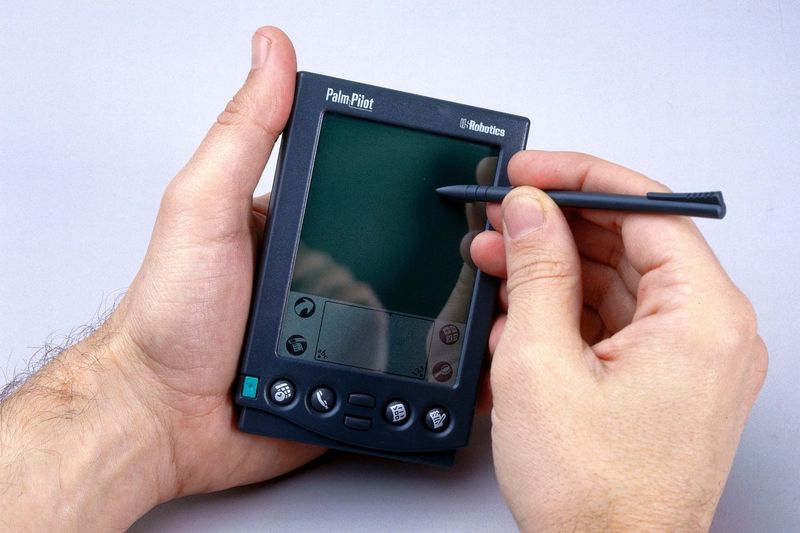
Business professionals swooned over the PalmPilot when it debuted in 1997. This revolutionary personal digital assistant let users manage calendars, contacts, and notes with a stylus and magical handwriting recognition.
Learning the special “Graffiti” alphabet seemed worthwhile for such cutting-edge technology. Within a few years, smartphones with actual keyboards and intuitive interfaces made these plastic rectangles look primitive and unnecessarily complicated.
8. MiniDisc Players
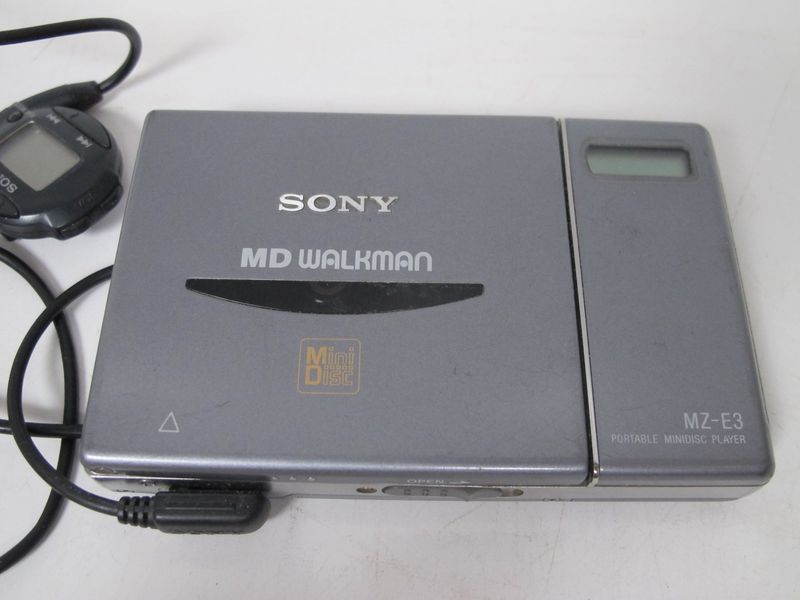
Sony’s MiniDisc promised CD-quality sound in a pocket-sized format with recordable capabilities that CDs couldn’t match. The sleek, futuristic players were engineering marvels that seemed poised to replace the Walkman.
I saved for months to buy my MiniDisc player in 1998, showing it off to everyone who’d look. Just as the technology gained traction, MP3 players emerged, offering digital music without physical media, instantly making MiniDiscs seem cumbersome.
9. Zip Drives
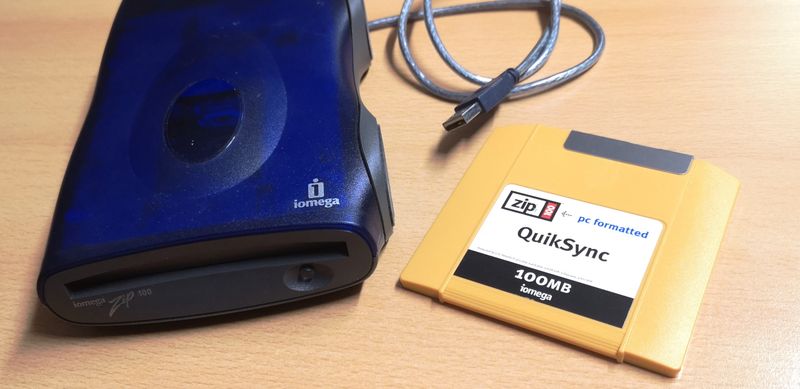
Computer users gasped at the Zip Drive’s incredible 100MB storage capacity when it launched in 1994. These external storage devices seemed magical compared to standard floppy disks that held a measly 1.44MB.
The colorful disks became standard equipment in offices and schools. Then came the dreaded “click of end” that destroyed data, followed by CD burners and USB drives that offered more storage without proprietary hardware. Zip Drives vanished almost overnight.
10. Car GPS Navigation Units
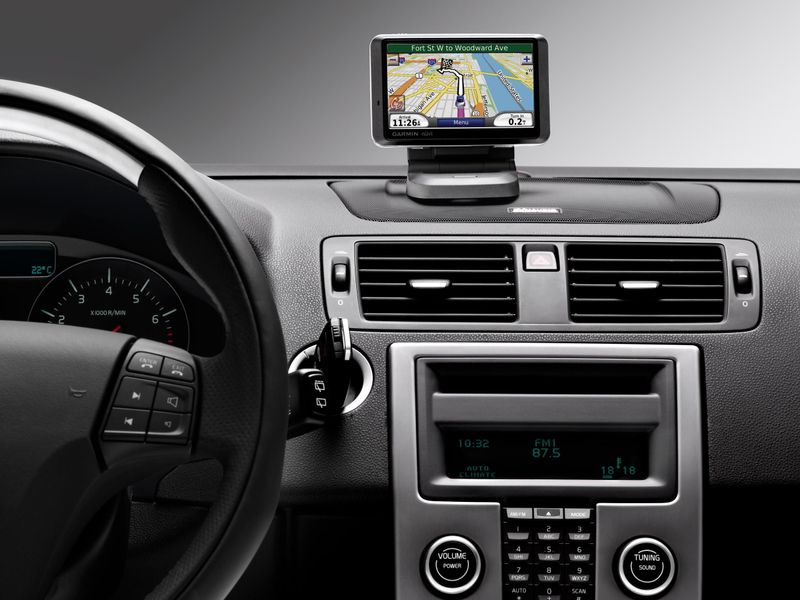
Dedicated GPS units from Garmin and TomTom transformed road trips in the early 2000s. These suction-cupped marvels eliminated paper maps and arguments about directions with their authoritative robot voices.
My family’s first road trip with GPS felt like driving in the future. “Turn right in 500 feet,” it commanded, and we obeyed like it was magic. Smartphone navigation apps quickly rendered these single-purpose devices unnecessary, especially since they required constant map updates.
11. Digital Cameras with Floppy Disks
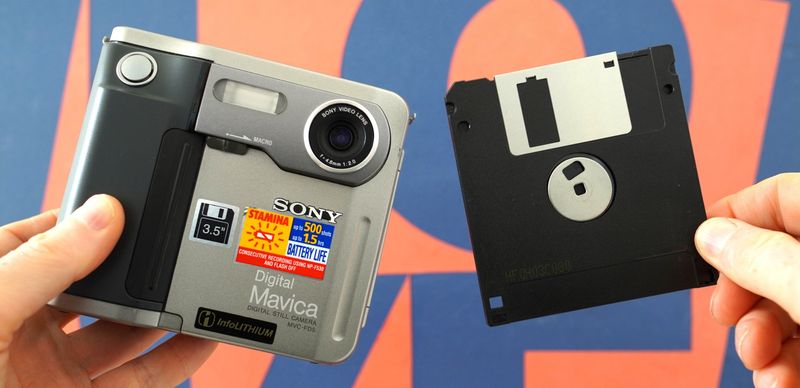
Sony’s Mavica cameras stunned the photography world by storing images directly to floppy disks. No film development needed – just pop the disk into any computer!
The convenience seemed revolutionary despite the grainy, low-resolution images. Each floppy held only 10-15 photos at best.
As memory cards evolved to store hundreds of high-quality images, these clunky disk-loading cameras quickly became photography footnotes.
12. Portable Cassette Players (Walkman)
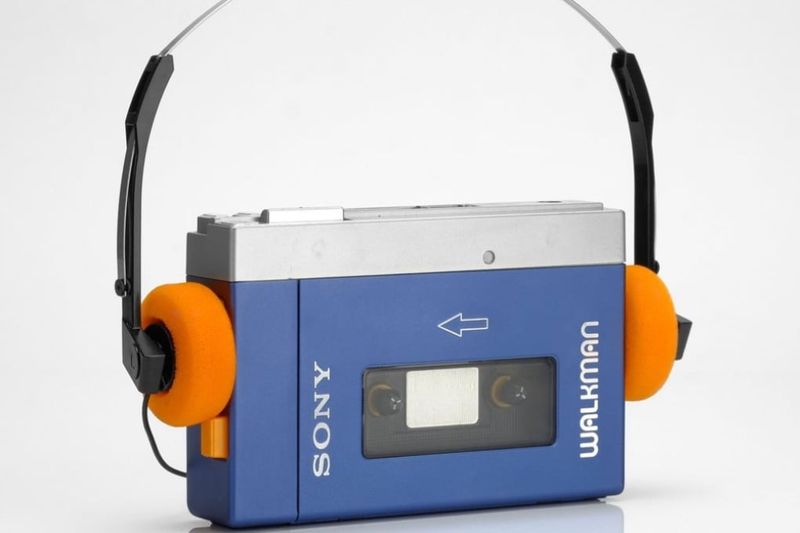
Sony’s Walkman transformed personal audio when it debuted in 1979. Suddenly, private music listening became possible anywhere, creating a cultural revolution as people curated personal soundtracks for their lives.
These battery-hungry devices required carrying extra cassettes and suffered from tangled tapes. I spent countless hours creating perfect mixtapes for my blue Walkman.
CD players made cassettes seem antiquated, and digital players later rendered the entire concept of physical media quaint.
13. Portable DVD Players
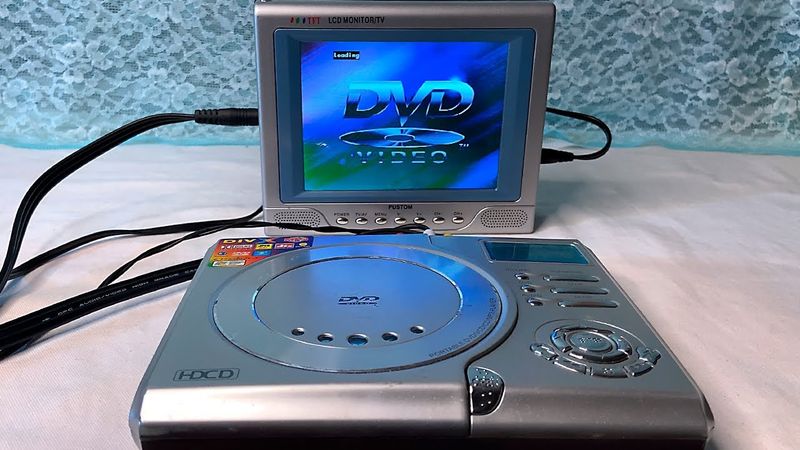
Parents rejoiced when portable DVD players hit the market around 2000. These clamshell devices with tiny screens promised to keep backseat passengers entertained during long trips.
The battery life barely lasted through a single movie. Screens were small, and the units skipped with every bump in the road. Tablets and smartphones with streaming capabilities quickly made these specialized devices seem ridiculously limited and bulky.
14. CB Radios
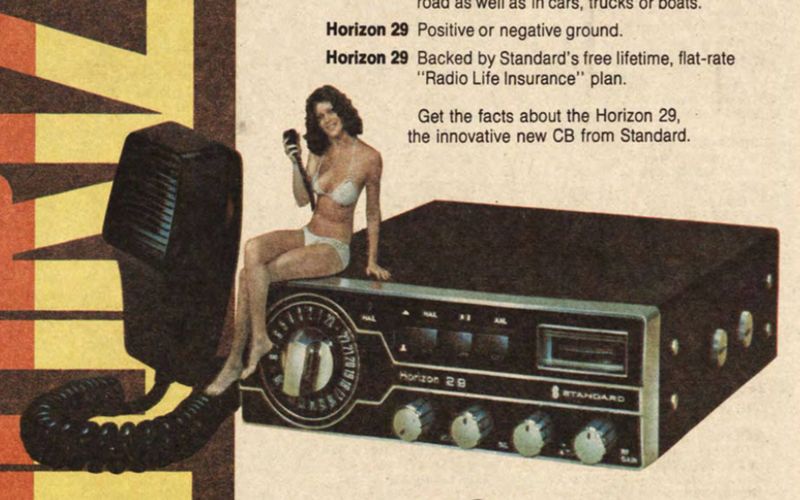
“Breaker breaker, good buddy!” CB radios exploded in popularity during the 1970s, turning ordinary drivers into chatty road warriors with colorful handles. These crackling communication devices created a unique social network before the internet existed.
My dad installed one in our station wagon, and I was mesmerized by the mysterious voices coming through the static.
The CB craze faded as quickly as it appeared when cellular phones arrived, offering private conversations without range limitations or eavesdroppers.
15. Polaroid Instant Cameras

Polaroid cameras delivered photographic magic – press the button and watch the image develop before your eyes! No waiting for film processing made these cameras revolutionary for decades.
The novelty came with significant drawbacks: expensive film, mediocre image quality, and those oddly-sized prints that didn’t fit in standard frames.
Digital cameras with instant preview screens quickly made Polaroids seem like charming but impractical relics, though they’ve enjoyed a hipster revival recently.
